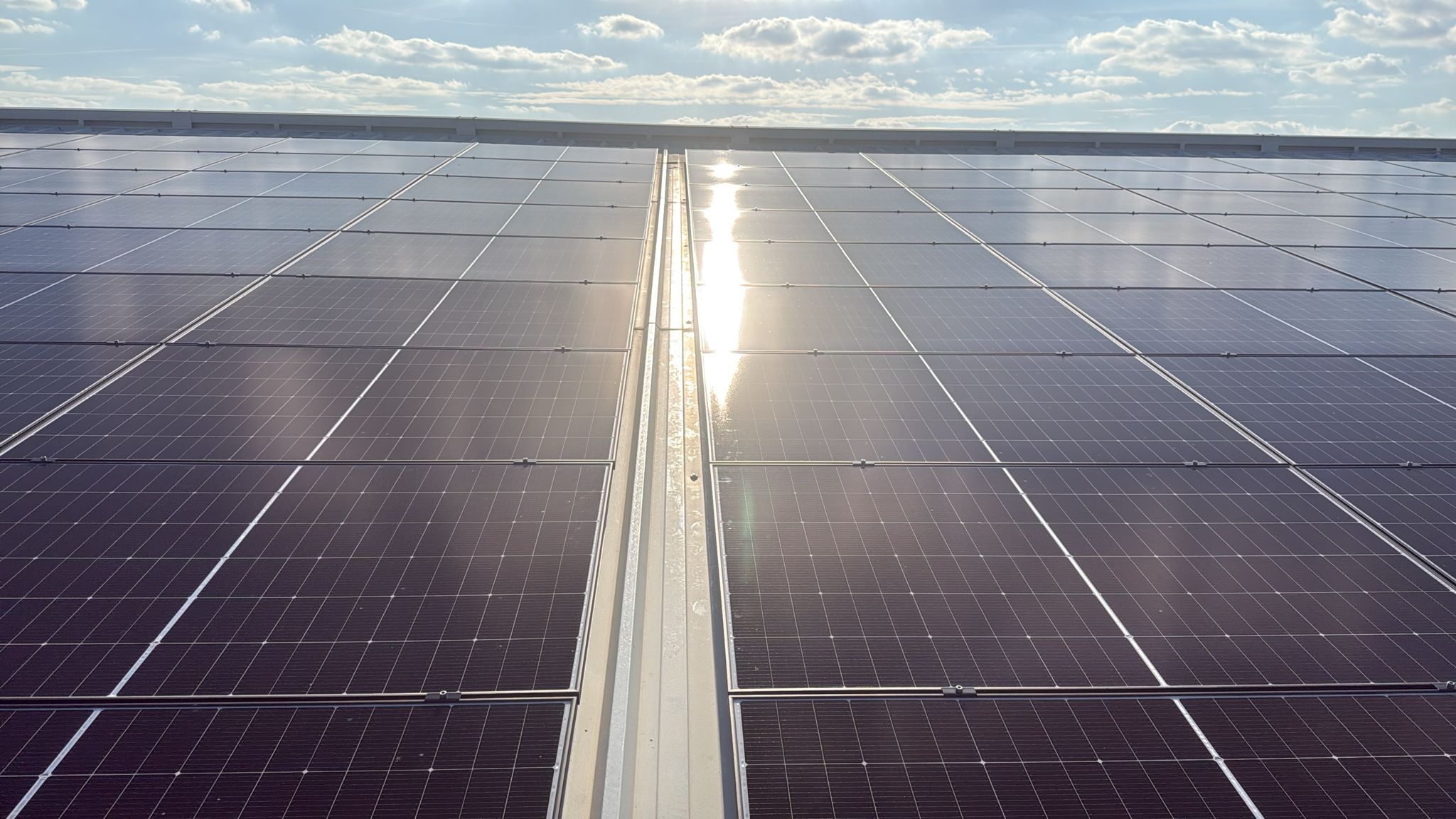
Do You Need Planning Permission for Solar Panels?
For UK businesses considering commercial solar panel installations, navigating the regulatory landscape is a crucial first step. While solar panels offer significant energy cost savings, carbon footprint reduction, and enhanced energy security, understanding planning permission and building regulations ensures a smooth, compliant, and successful project.
Understanding Planning Permission for Commercial Solar Panels in England
In England, commercial solar installations on most non-domestic buildings (e.g. offices, warehouses, factories) benefit from Permitted Development (PD) Rights. The key determinant for the planning pathway is the physical installation’s characteristics and location, not the system’s generating capacity.
The rules create a three-pathway system:
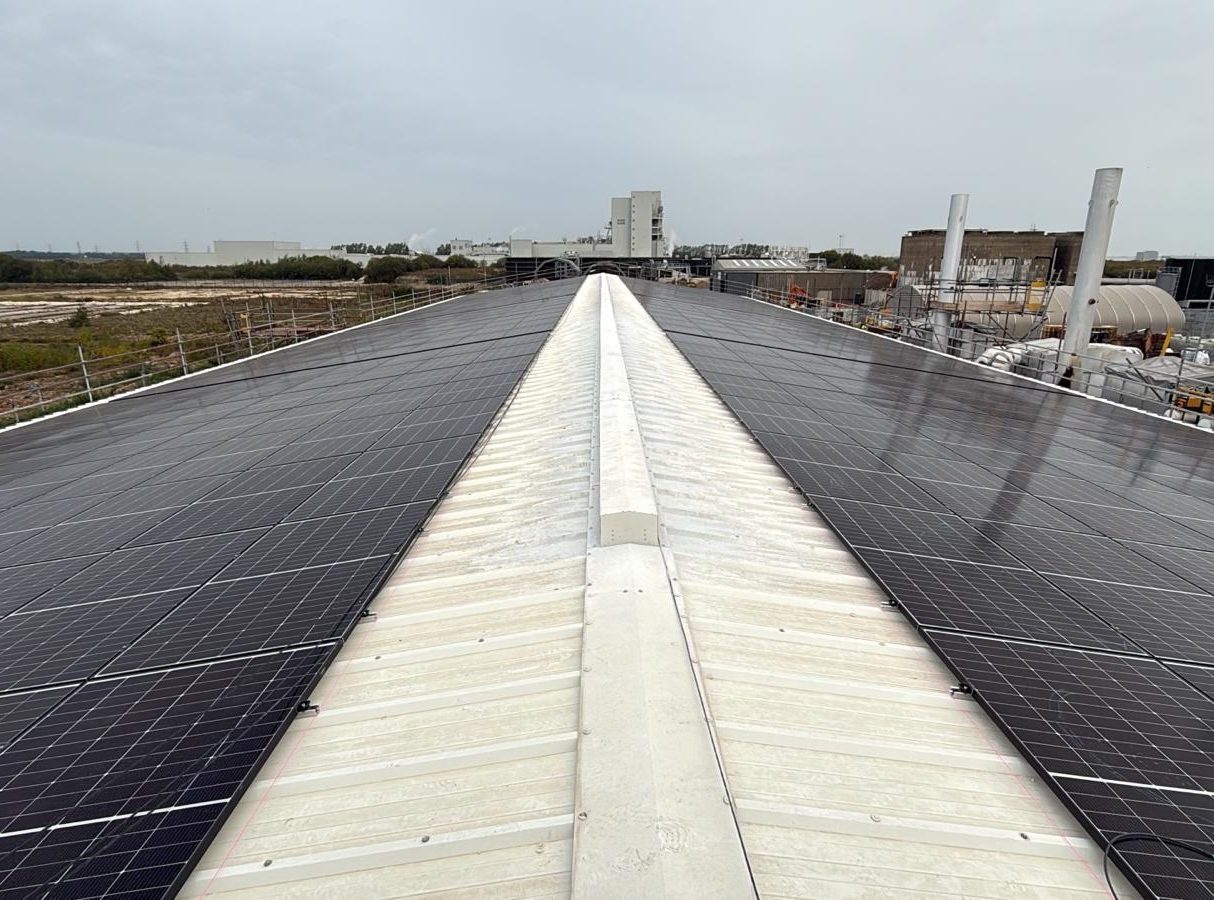
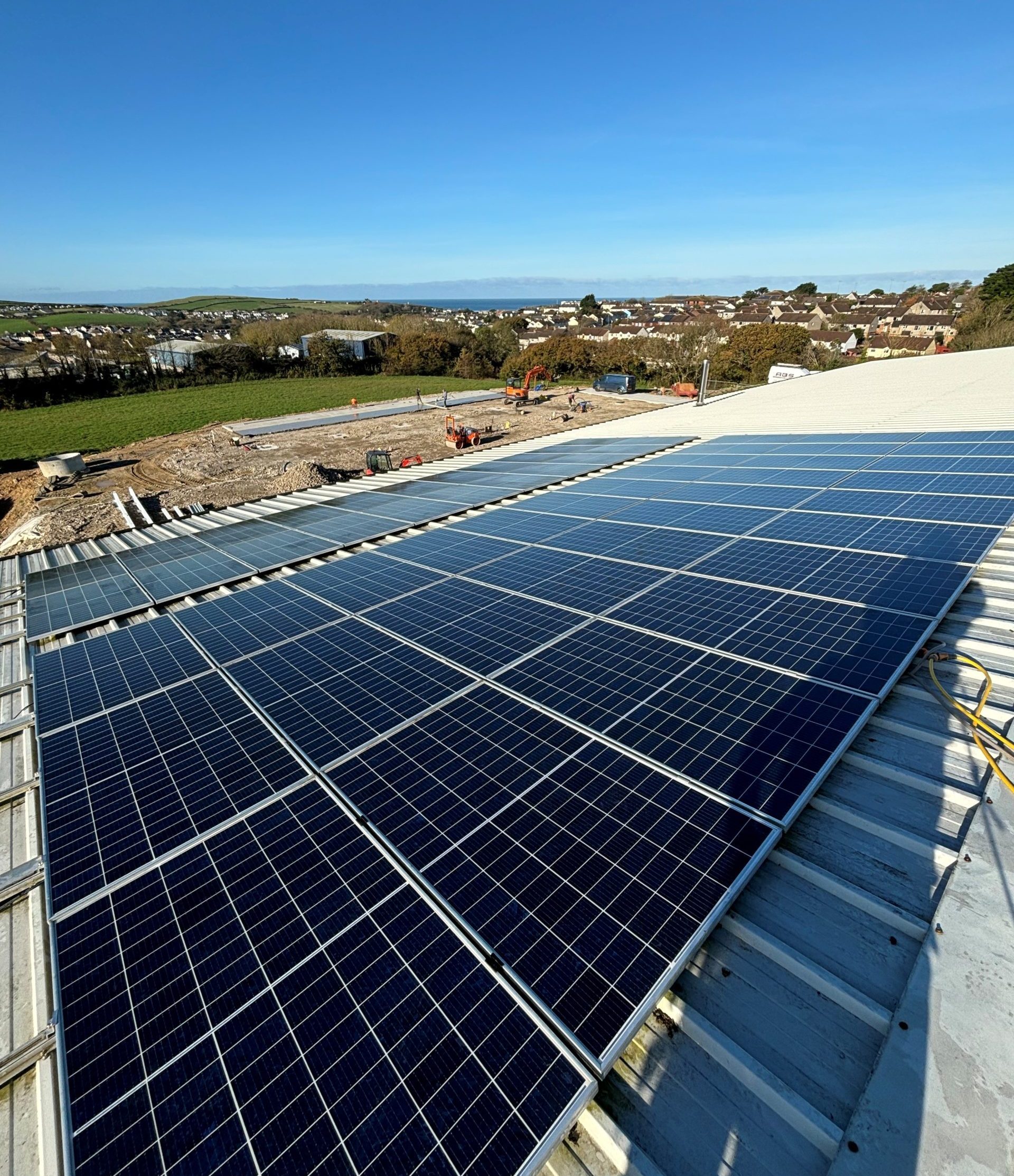
1. Permitted Development – No Application Needed
This applies to solar PV or solar thermal equipment on a building where the installation meets all of the following:
- On a pitched roof, panels do not protrude more than 0.2 m beyond the roof slope.
- On a flat roof, the highest part of the equipment is not more than 1 m above the roof surface (excluding chimneys).
- Panels are at least 1 m from the external edge of the roof.
- If installed on a wall, panels do not protrude more than 0.2 m and are not within 1 m of a roof or wall junction.
- The building is not a listed building or scheduled monument, and the site is not within the curtilage of one.
- On designated land (e.g. Conservation Areas, Areas of Outstanding Natural Beauty), panels are not installed on a wall that fronts a highway.
- The installation minimises visual impact and equipment is removed when no longer needed.
If all conditions are met, no application to the local planning authority is required.
2. Permitted Development – With Prior Approval
Larger rooftop systems can also qualify as permitted development but may require a prior approval application before proceeding.
- The same physical limits apply as above (protrusion, height, set-back).
- There is no upper size or capacity limit – systems over 50 kW can qualify.
- The local planning authority will consider design, external appearance, and potential glare for neighbours.
- This is a streamlined process compared with a full planning application.
Process: An application must apply to the local planning authority for a determination on whether their prior approval is required. The council will assess the design, external appearance, and the impact of glare on neighbouring occupiers. This is a more limited assessment than a full planning application.
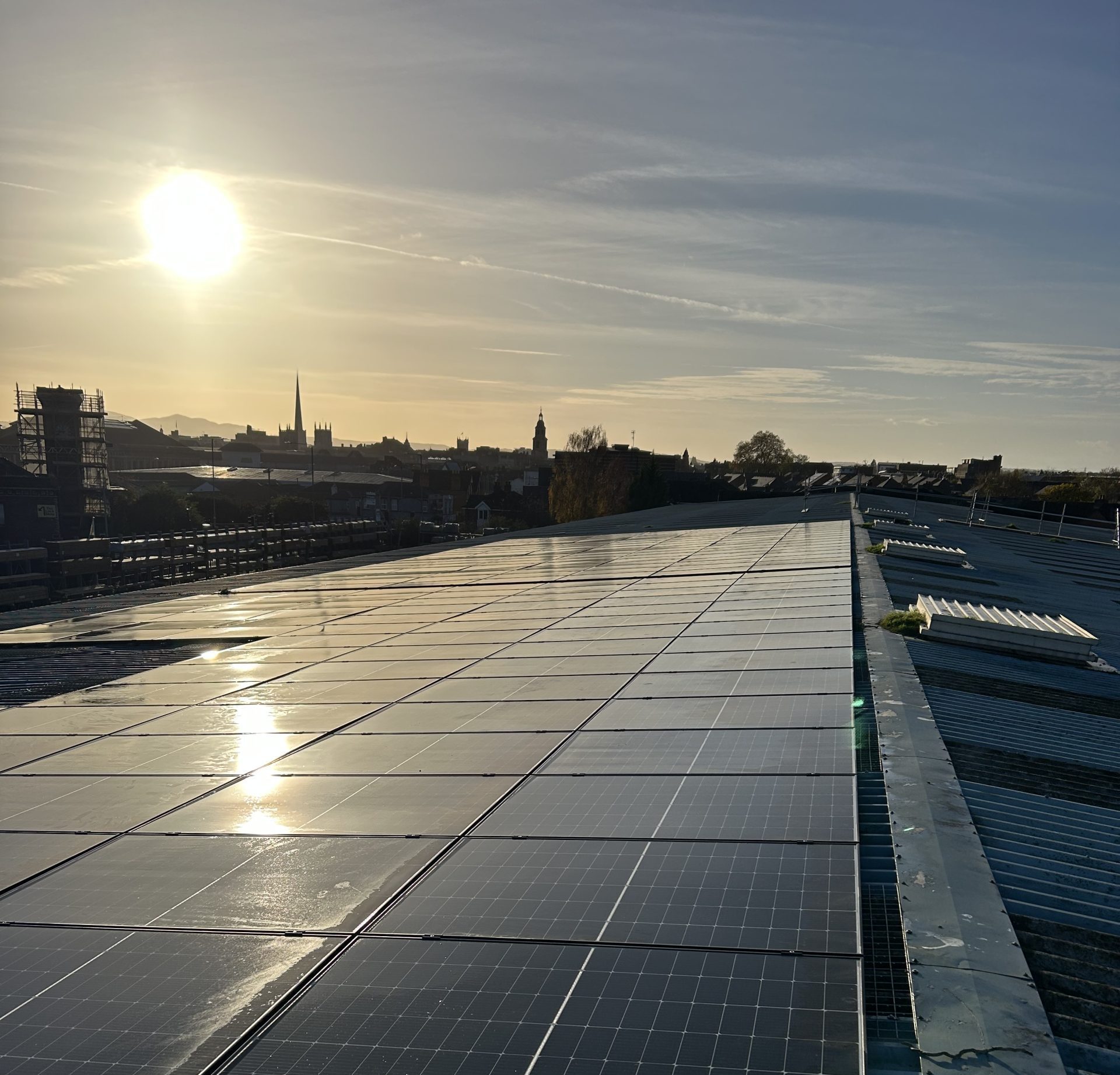
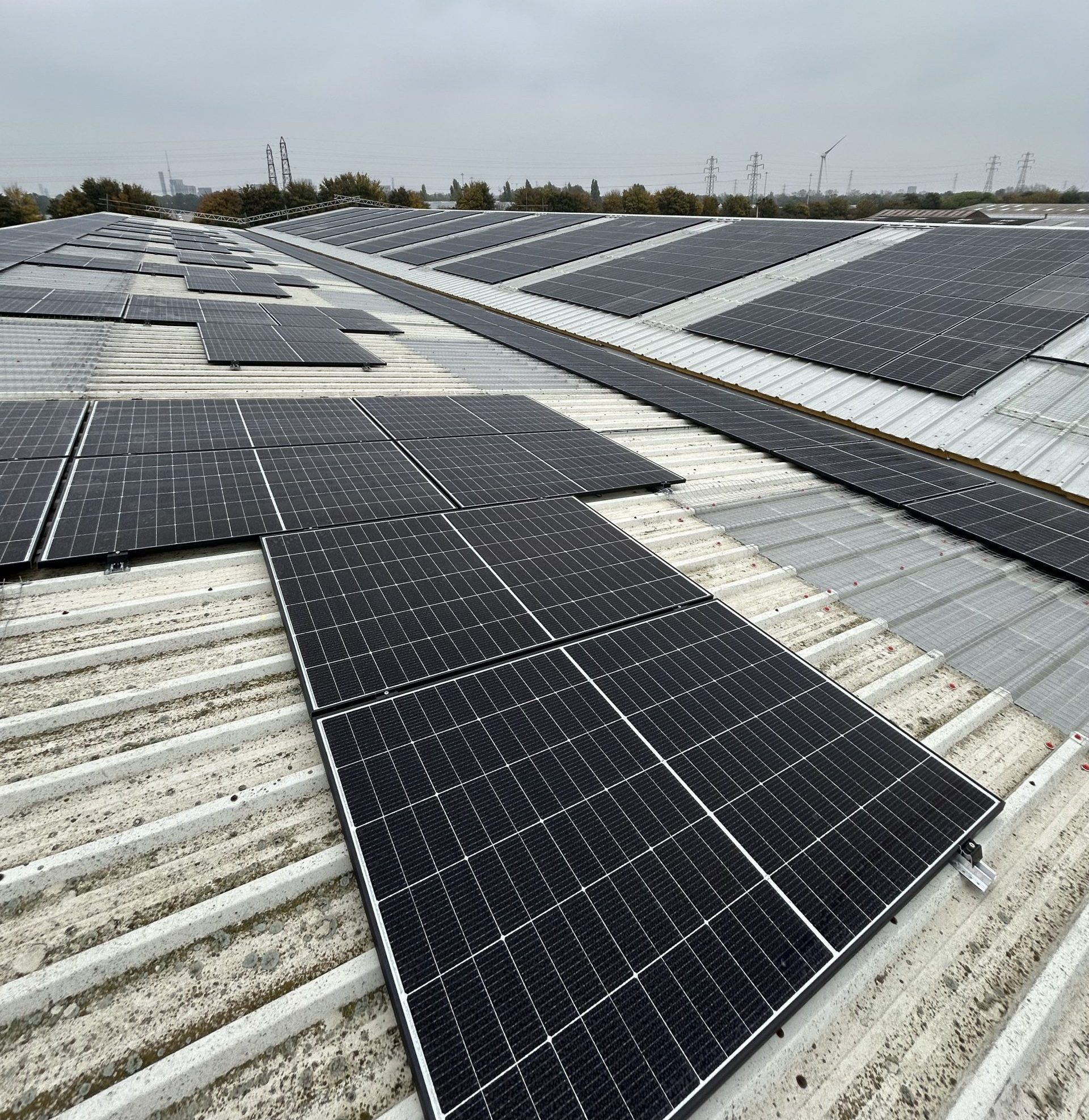
3. Full Planning Permission
You will need to submit a full planning application if the installation does not meet PD criteria or is a type of system not covered by PD rights. Common cases include:
- Panels protruding more than 0.2 m on a pitched roof.
- Arrays more than 1 m above the surface of a flat roof.
- Panels within 1 m of a roof edge.
- Installations on listed buildings, scheduled monuments, or their curtilage.
- Sites with an Article 4 Direction that removes PD rights.
- All (commercial) ground-mounted systems, regardless of size, height, or proximity to boundaries.
Key Takeaway: For rooftop solar, the main triggers are the physical design and location. Many systems can proceed without planning permission, while larger rooftop projects usually follow the prior approval route. Any ground-mounted commercial solar installation will require full planning permission. Consulting with a planning expert from the outset is essential to determine the correct path for your project and avoid costly delays.
The Role of Building Regulations
Separate from planning permission, compliance with Building Regulations is a mandatory requirement for almost all commercial solar panel installations. These regulations ensure the safety and structural integrity of the installation.
Your installation must comply with several key areas:
- Part A (Structure): The roof must safely support the additional weight and environmental loads (wind and snow).
- Part B (Fire Safety): The system must not compromise fire integrity or access for firefighting.
- Part P (Electrical Safety): Electrical work must be carried out by a competent professional (e.g., NICEIC or MCS certified).
- Part E (Protection from Falling): Maintenance access may require guardrails or other fall protection.
Your solar installer can manage the Building Regulations compliance process, either through a Competent Person Scheme (like MCS) or by submitting a Building Notice to your local authority.
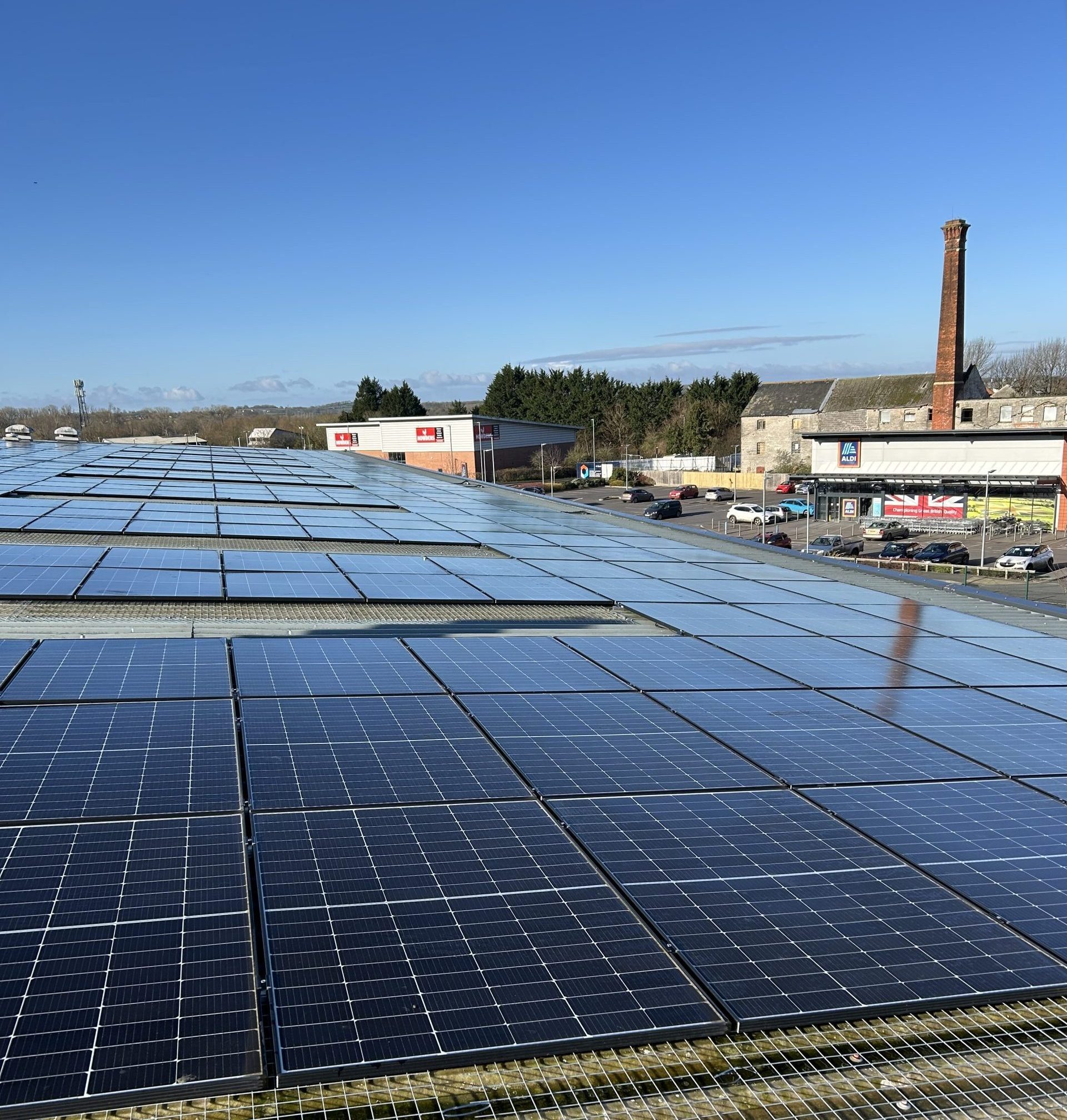
do you need planning permission for solar panels
Frequently asked questions
Do I always need planning permission for solar panels?
No. Many rooftop installations qualify as permitted development. Larger rooftop systems usually only require prior approval, while full planning is needed in more sensitive or complex cases. All ground-mounted commercial systems require full planning permission.
What is the difference between Prior Approval and Planning Permission?
Prior Approval is a faster, more streamlined process for compliant systems. The council assesses only specific impacts (e.g., design, appearance, glare). Full Planning Permission is a more detailed and comprehensive application required for projects that fall outside the Permitted Development criteria.
Are Building Regulations mandatory for a solar installation?
Yes. Compliance with Building Regulations (particularly for structure, fire safety, and electrical safety) is a legal requirement separate from planning permission and is essential for insurance and safety.
Can solar panels be installed with minimal business disruption?
Yes. Most commercial installations, including roof-mounted systems, can proceed with careful planning to minimise disruption. Scaffolding and access planning are key to a safe and efficient installation.
How can I confirm the right path for my project?
A professional feasibility assessment from a qualified installer will evaluate your site, energy needs, and regulatory requirements, providing a clear roadmap for planning and Building Regulations compliance.
Conclusion
Understanding the dual requirements of Planning Permission and Building Regulations is a critical step in any commercial solar project. For most businesses in England, rooftop solar can proceed under permitted development, with larger projects requiring prior approval rather than full planning permission. Any ground-mounted installation will require full planning permission.
With professional planning guidance, thorough site assessment, and expert installation, UK businesses can unlock significant energy cost savings, reduce their carbon footprint, enhance energy security, and achieve a strong ROI, all while ensuring full compliance and demonstrating a commitment to sustainability.
Check out our planning formTalk to us
Our team is here to help with your queries and questions. Please get in touch by calling our contact numbers, sending us an email, or filling out this form and we will get back to you as soon as possible.

